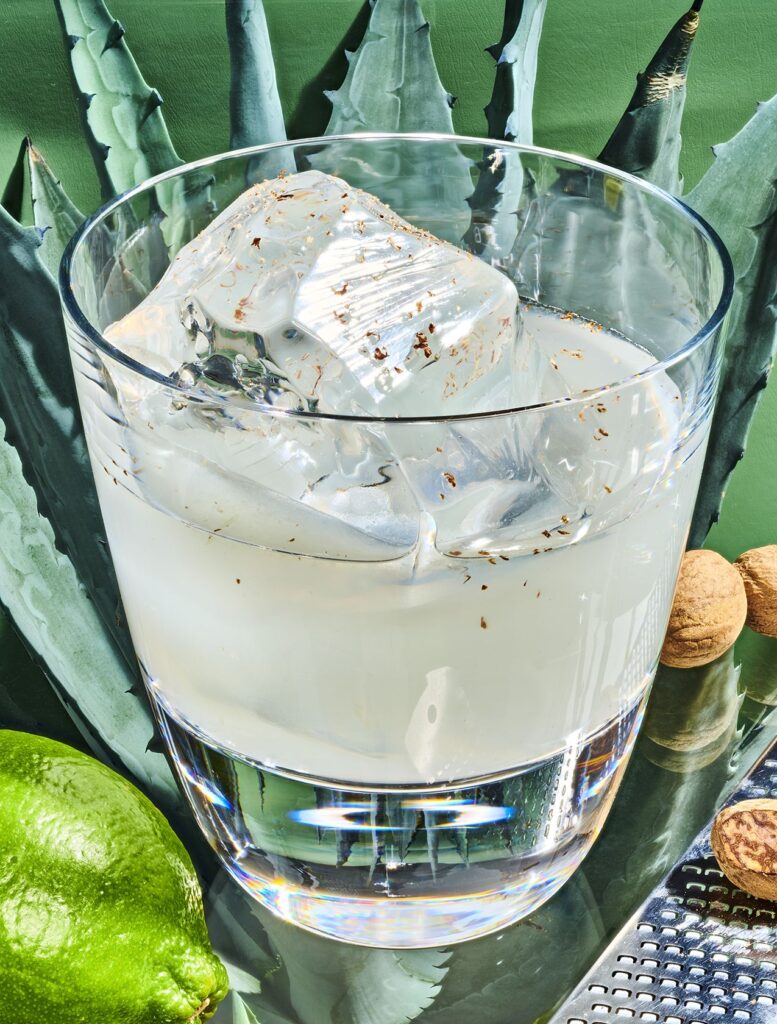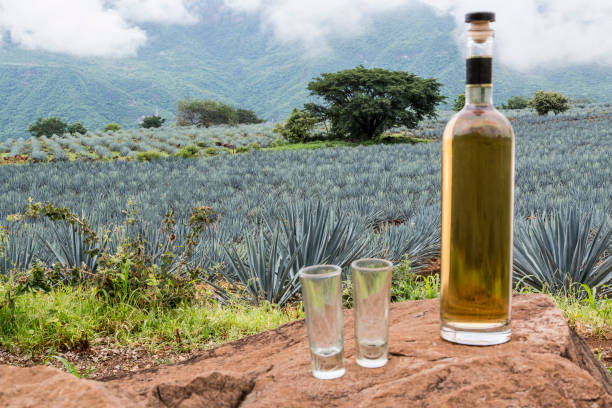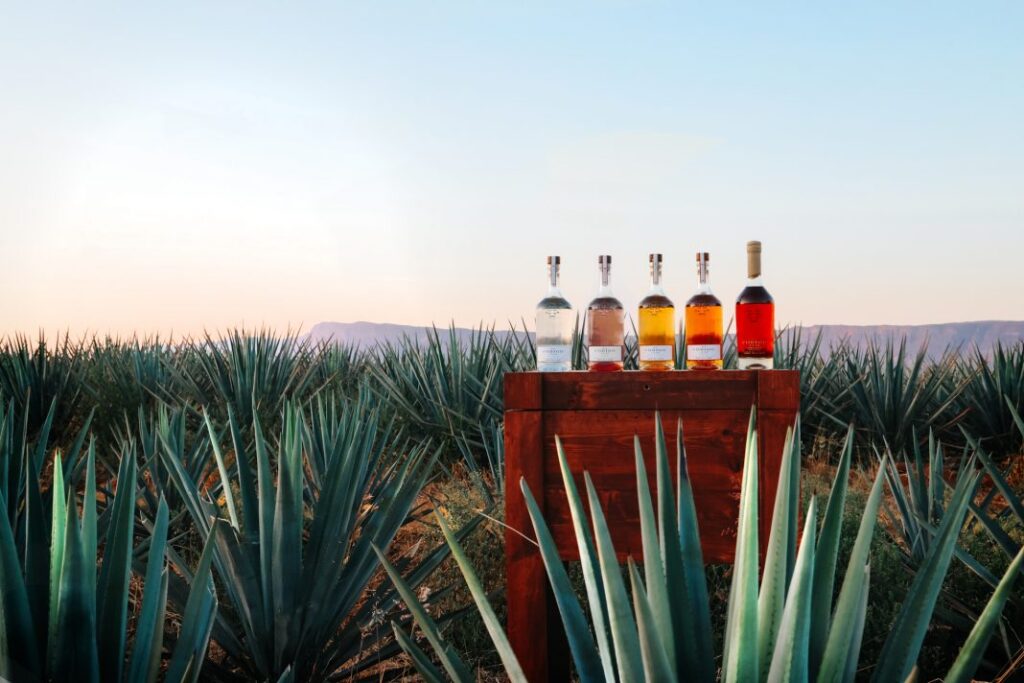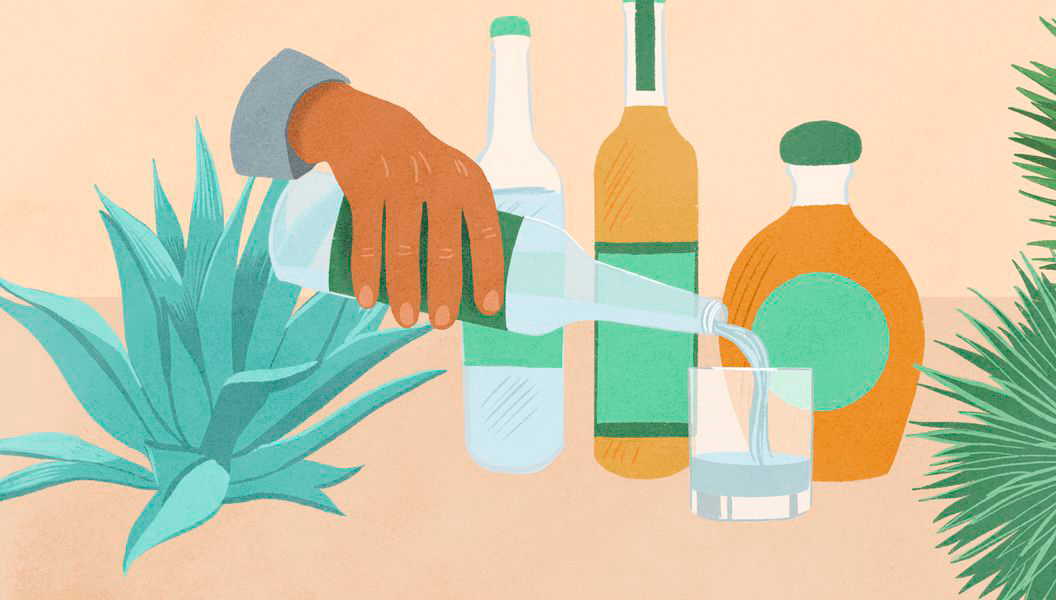Agave-based spirits are closing in on vodka as the best selling booze in the U.S. Here are the best splurges, bargain bottles, and the cocktails you need to know beyond the margarita.
The green mango martini at Superbueno, on the corner of First and First in New York City, is easily my new favorite cocktail. There’s no vodka involved.
Rather, the main ingredient is Patrón infused with green mangoes and accompanied by mango brandy, Sauternes, honey, and a drop of costeño chile oil. Its otherworldly deliciousness and elegance represent in one cocktail how far tequila has come in the U. S. Aficionados know that the Mexican spirit is every bit as complex as whiskey but just as much fun as rum.

If you were to tell me 23 years ago, when I first started writing about drinks, that tequila and mezcal combined might one day beat out vodka to become America’s best-selling spirit and that people would be drinking $18 tequila martinis, I’d have done a spit take with my old-fashioned. Yet that’s exactly what’s happening.
Vodka sales were flat last year, while tequila and mezcal sales rose 17 percent, marking 20 years of sustained growth. Some cynics will roll their eyes and dismiss this as celebrity capitalism gone wild. (Everyone from the Rock to George Clooney has a tequila brand these days.) I like to think of it as a triumph of taste in America.
Sure, the margarita has always been the drink of those who see Cinco de Mayo as a year-round way of life. But the popularity of the quintessential party drink alone wasn’t enough to vault tequila to number one. According to the Distilled Spirits Council of the United States, robust demand for more luxurious, premium tequilas—those that go for the price of single-malt Scotches— is a significant part of tequila’s boom as well.

With tequila, terroir is evident in each sip, perhaps more than in any other spirit (and most certainly vodka). It’s made from agave plants, which are particularly abundant in west-central Mexico. A highland tequila (Los Altos) will generally be fruitier and more floral than one from the lowlands (El Valle), which tends to be brighter and peppery.
The very best tequila tastes ancient because it is: Fermenting agave goes back thousands of years. (The earliest references date to 1000 B.C.) Tequila tastes like it was made by the labor of many human hands and not the push of a button. And in a world where so much can be deepfaked, where White Claw and macro beers seem to dominate the drinking industry like unavoidable AI-generated Muzak at a bad airport bar, tequila just might be the most visceral, analog, transportive thing you can sip these days to cut through the noise and appreciate that what you’re feeling is indeed the real thing.
Go Wide With Tequila
Let’s get the basics out of the way. There are blancos and platos. These are unaged. Reposados are aged at least 2 months in oak. Anejos spend at least one year in oak. (Extra Anejos are in the barrel for at least three years.) Age does not mean it’s better. In fact, hardcore tequila fans tend to prefer the freshness and vibrancy of blancos as compared to the more subdued anejos and repos.

But put together, all three main types of tequila offer a wide spectrum of regions and flavors to explore in cocktails and sipping, and I guess, if you must, shots. Here’s a few favorites of ours and other tequila fans Nacho Ximenez of NYC’s Superbueno, Robert Struthers the Beverage Director of Gair in Brooklyn, and bartender Lynette Marrero who is Co-Founder of Speed Rack, MasterClass host, and partner and Chief Mixologist of Delola.

